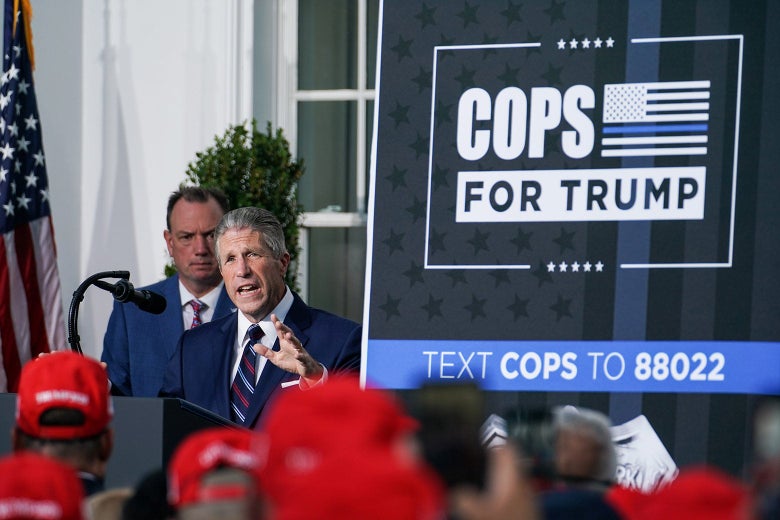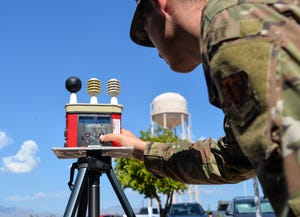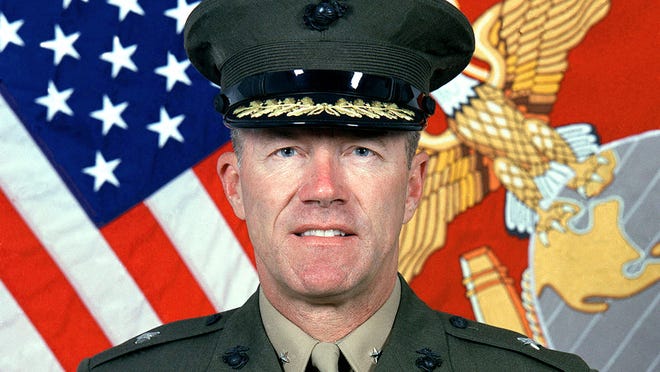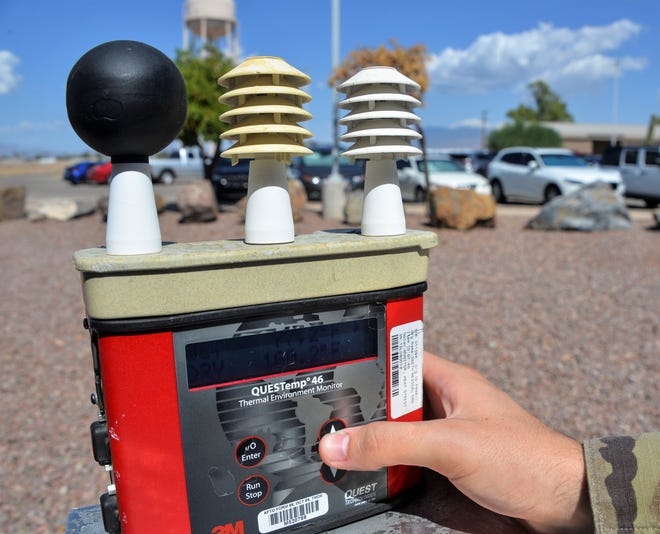How Jerry Falwell Jr. mixed his personal finances with his university's
WASHINGTON (Reuters) - After parting ways with President Jerry Falwell Jr in the wake of personal scandals, Liberty University has hired a firm to investigate “all facets” of Falwell’s tenure, including the school’s financial and real estate operations.
There may be much to untangle.
Falwell, who took over as president of Liberty in 2007 after years as a lawyer handling its real estate interests, intertwined his personal finances with those of the evangelical Christian university founded by his father.
He put his two sons - and their wives as well - on the university’s payroll. He arranged the transfer of a multi-acre Liberty facility to his personal trainer. He enlisted a friend’s construction company to manage an ambitious campus expansion costing hundreds of millions of dollars.
And before becoming school president, Falwell set up two companies that enabled him to cut property deals with one of the many nonprofit entities affiliated with the university, Reuters found. In each of the deals, Falwell played multiple roles with potentially conflicting interests: He was an officer of the university, a board member for the nonprofit selling the land, and a private developer who could profit from the transactions.
“It’s very worrisome to have these sorts of financial arrangements going on and they deserve intense scrutiny,” said Michael Bastedo of the University of Michigan School of Education.
In 2001, property records show, Falwell set up a private company while he was a lawyer for Liberty, used it to buy an undeveloped tract of land from the school, and then developed a strip mall on the plot. The company sold the property five years later at a significant premium.
In 2005, property records show, Falwell again acted as a private businessman when a university nonprofit affiliate and a company he operated joined together to sell land to a third company - controlled by Falwell’s real estate partner.
And in 2012, in a project Falwell launched as Liberty’s president, the university spent more than $2 million to build a tunnel that links the campus to another shopping plaza near campus. Falwell is a part owner of that shopping plaza.
Falwell told Reuters that each of these transactions benefited Liberty University. None was inappropriate in any way, he said.
He stepped down last week after Reuters reported that a business associate alleged a years-long affair with Falwell and Falwell’s wife, Becki. The associate, Giancarlo Granda, says the relationship involved him having sex with Becki Falwell while Jerry Falwell looked on. Becki Falwell declined to comment; Jerry Falwell has denied involvement in the relationship, which he says was between his wife and Granda only.
Falwell’s departure marked a dramatic fall for one of the most powerful figures in America’s evangelical Christian movement. In 2016, Falwell’s endorsement of Donald Trump was widely credited as helping propel Trump to the U.S. presidency.
Falwell said in interviews that Liberty will pay him $10.5 million as part of a severance and retirement package. Liberty declined to comment on the terms or the amount.
Liberty’s board of trustees subsequently announced it was hiring “one of the leading forensic firms in the world to conduct a thorough investigation” that will examine the school’s operations under Falwell, including financial and real estate matters. It declined to name the firm.
The outside investigation may not examine the 2001 and 2005 deals that Falwell handled while he was a Liberty lawyer, however. Asked about those transactions, a Liberty spokesman said: “At this time, the forensic investigation is limited to Jerry Falwell’s term as president.”
After initially referring questions to his legal and public relations representatives, Falwell called Reuters late Wednesday afternoon and said he looked forward to the Liberty investigation. “I welcome it because it will prove that all you guys are liars,” he said, referring to members of the media. “You got nothing.”
He also warned Reuters not to question his two adult sons, both of whom still have jobs at Liberty. “Trust me,” Falwell said during the call, “you do not want to mess with me, OK?”
Liberty employed a private firm - JF Management - formed by Jerry “Trey” Falwell III, Falwell’s elder son, to manage university properties. The company received more than $58,000 in compensation in 2017, according to the school’s most recent public filing of tax form 990 with the U.S. Internal Revenue Service. Trey Falwell also serves as a Liberty vice president, with total compensation from the university of $189,000 a year, according to the tax filings.
Falwell’s other son, Wesley, drew compensation in 2017 from Liberty of $54,744, the filings show. Laura Falwell, Wesley’s wife, earned $57,751 that year from Liberty, and Sarah Falwell, Trey’s wife, earned $63,315.
None of the Falwell children or their spouses could be reached for comment. In a statement released by Falwell’s lawyer, Falwell said: “Trey, Wesley, and their spouses get paid fair value for their work and have performed that work very well.”
A school spokesman told Reuters that examining the Falwell family’s dealings with Liberty is “within the scope of the forensic investigation.”
Company insiders - in this case, Jerry Falwell - aren’t legally barred from conducting personal business transactions with the nonprofits they run, such as those identified by Reuters. But some governance specialists say such deals can raise concern about conflicts of interest or potential breaches of fiduciary duty. Nonprofit entities, such as Liberty and most other universities, are meant to serve charitable, educational or religious interests. Under tax laws, their proceeds cannot be used for the private benefit of individuals.
Eric Chafee, a law professor at the University of Toledo in Ohio, said Falwell’s real estate deals predating his presidency are worthy of further scrutiny. “These sweetheart land transactions are certainly eyebrow-raising,” he said.
The tax-exempt Liberty relies on hundreds of millions of dollars in Pell grants and government-backed student loans. Liberty students received $618 million in federal taxpayer loans and aid in a single year, according to a 2018 audit report.
QUESTIONABLE CONDUCT
The allegations of a sexual affair were the latest in a string of personal disclosures about Falwell. Weeks earlier, he had posted a photo of himself on Instagram with his pants unzipped and his belly exposed, his arm around a pregnant woman. Falwell said it was meant as a joke; even so, he took an indefinite leave of absence from Liberty not long after.
A Liberty spokesman said “no determination has been made” about whether the investigation will examine the personal conduct of either Jerry or Becki Falwell. But the spokesman said the school “will investigate any allegations that fall within its Title IX policies prohibiting sexual discrimination and sexual harassment and its Human Resource policies addressing sexual misconduct, as well.”
Initially, the examination appears to be focused more on business dealings, however.
As Liberty University president, Falwell oversaw a dramatic growth in the school’s revenues, due in part to the popularity of its distance learning programs. In 2018, its assets topped $2.8 billion.
He also presided over a $1 billion construction spree at its Lynchburg, Virginia, campus, adding new buildings that included a library, dorms and a gleaming sports arena that was scheduled to open this year.
Central to the campus construction boom has been a long-time Falwell friend, Robert Moon. In 2013, Moon formed a company called Construction Management Associates, or CMA - with the help of a $750,000 start-up loan from Liberty. CMA was then tapped to manage huge portions of the campus building spree. The university’s most recent public 990 filing shows CMA received more than $64 million in revenue from Liberty during 2017.
Moon’s business has also been a “substantial contributor” to the university, making gifts to Liberty, the 990 filings show.
Asked last year about CMA’s growing business with Liberty, Moon told Reuters that “using a trusted construction manager as the owner’s agent is a method being employed at lots of campuses to complete major projects.” He said that CMA had helped save Liberty “millions,” that the company had repaid its Liberty loan with interest, and that CMA’s revenues are largely “passed through the trade contractors for their labor, materials, equipment and supplies.”
A Liberty spokesman said the construction activities and contracts in which Falwell was involved, including the role of CMA, is “within the scope of the forensic investigation.”
EARLY DEALS
A Reuters examination of land records revealed that companies personally founded by Falwell cut property deals with one of the many nonprofits affiliated with the university as early as 2001. Falwell orchestrated those deals even as he was a Liberty official and a trustee for the nonprofit from which his companies bought the land, the Liberty Broadcasting Network.
The television network, LBN for short, carried sermons of Falwell’s father, the Rev. Jerry Falwell. It also promoted Liberty University, operated from the school’s campus, and offered Christian family-oriented programming. But LBN, a university affiliate, wasn’t particularly successful and required loans from Liberty to stay afloat.
FILE PHOTO: Jerry Falwell Jr. speaks during the final day of the Republican National Convention in Cleveland, Ohio, U.S., July 21, 2016. REUTERS/Brian Snyder/File Photo
LBN owned properties in the area, and Jerry Falwell Jr was a trustee for those holdings. When LBN began to sell its assets, at least two of the properties ended up in deals involving Falwell, Reuters found.
One was a 1.4 acre vacant lot just across the highway from Liberty’s campus, at 3920 Wards Road. In April 2001, LBN sold the lot for $327,000 to a newly founded limited liability company. The purchaser, Gateway Country Plaza LLC, operated from a Liberty University building, corporate registration records show, but Gateway didn’t belong to the school. Rather, it was a for-profit real estate holding firm and was partially owned by Falwell himself. Falwell signed as “member/manager” on its financial documents.
Once the Falwell-led firm owned the property, it erected a building there at an estimated cost of $153,000, according to a city permit. By 2002, the vacant lot had become a strip mall.
After the shopping strip was developed - with further investment by Falwell’s company - the property value soared. By 2006, Falwell sold the property for $2.7 million, more than eight-fold what his company had paid for the undeveloped tract five years earlier.
In statements to Reuters last year, Falwell defended the deal, arguing that LBN lacked the money or expertise to develop the land itself. He said his company “paid fair market for this property” and invested $1.7 million to build the mall. He did not provide documentation for this figure.
In 2005, Falwell engineered another deal involving Liberty-owned land and a separate private entity he controlled, called Eastern Heights LLC, according to records filed in Lynchburg City Court. Eastern held land next to a parcel owned by LBN. Railroad tracks separate the land from Liberty’s campus.
Eastern and LBN together sold the parcels for $1 million. Falwell signed the deed of sale on behalf of Eastern, property records show.
The buyer: Swift Creek Capitol, a company controlled by Chris Doyle, a friend and business partner of Falwell. Doyle has brokered or co-invested with Falwell in several private property ventures.
Falwell was involved in various sides of the Swift Creek transaction. He wrote up the deed itself, as “Jerry L Falwell Jr, Attorney-at-Law.” He signed the deed he created, listing himself as Manager of Eastern Heights LLC. He was an owner of Eastern Heights, the for-profit co-seller. And he also was in private business with Doyle, the buyer. In addition to investing in property with Falwell, Doyle has also worked as a real estate broker for Liberty University, where Falwell oversaw the property holdings.
In a statement to Reuters, Doyle said he is honored to have worked with the Falwells. “My business dealings and personal relationships are private matters,” he said.
In another matter that linked Liberty business with Falwell’s own, the university spent millions on a project that connected the campus to a nearby shopping plaza.
In January 2012, school president Falwell announced that a new pedestrian tunnel, paid for by Liberty, would let students and staff leave the campus from another exit. The tunnel cost the school around $2.2 million, a Liberty official told the local newspaper - a figure confirmed by a person familiar with the project. The tunnel runs beneath railroad tracks that made it perilous to cross from campus to the stores.
Falwell and his business partner Doyle owned part of the shopping plaza near where the tunnel exits.
In a statement to Reuters last year, Falwell said the tunnel helps ensure the safety of students who otherwise had to cross railroad tracks to get to the shopping area. It was “the only workable” location for the tunnel, Falwell said.
Moreover, he said, the pedestrian tunnel did not help the shopping plaza but hurt it. The reason, Falwell explained: Students would sometimes park at the mall and clutter the area.
A Liberty spokesman told Reuters that the university knew about Falwell’s ownership interest before the tunnel project was launched. The school has said the tunnel offers “easy and safe access to restaurants and stores along the busiest corridor in the City of Lynchburg.”
Chafee, the professor at the University of Toledo, said that, given the nature of Falwell’s presidency at Liberty, the school’s investigation should examine deals like these.
“There was so much control and domination by Falwell in regard to the transactions that were undertaken,” Chafee said.
Reporting by Aram Roston and Joshua Schneyer. Edited by Blake Morrison.









